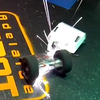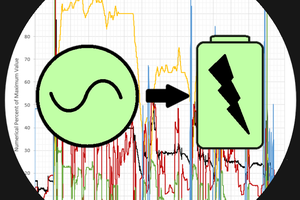This project aims to create an open source gate to space exploration. there are already many concepts and prototypes out (and up) for small scale propulsion but many only explain the bare basics of their operation without giving a very clear guide as to how they overcame obstacles (such as heat dissapation, power conversion) and designing hardware to conform to warrants like the NASA's flight readiness review or other private companies equivalents. because of this, many of these machines have to be completely custom and built from scratch. although this isn't necessarily a bad thing, it means that the development time is greatly increased since there is very little information to go off. by designing an Ion engine, I hope to increase the reach of space beyond low earth orbit while helping lower development time.
The engine is primarily designed for use with the pocketqube form factor (50x50x50mm) since it is one of the smallest and cheapest satellites that can be launched. Because of its open source nature, the engine can be integrated into larger cubesats and other yet to be introduced varieties. Space will be optimised to leave room for other radio and experimental payloads since a useless engine in space is far from ideal.
I plan for this engine to be controlled via the PQ60 interface since that was the only standard I could find for hardware inside the satellite. (If anyone knows any others It would be awesome if you post it in the comments). all interpretation instruments of commands, power transformation and gas discharge will be housed within the module.



 Michael
Michael
 C. Prichard
C. Prichard
 MECHANICUS
MECHANICUS